Latest NRAO News
News is managed by NRAO News & Public Information. Questions about News? Have a story to share? Want to interview a scientist or create new media about our telescopes?
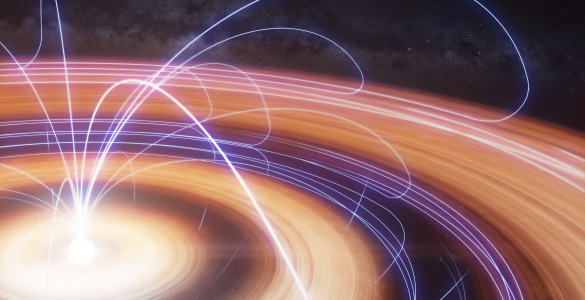
Astronomers have created a detailed map revealing the magnetic fields weaving through TW Hydrae, one of the closest known…
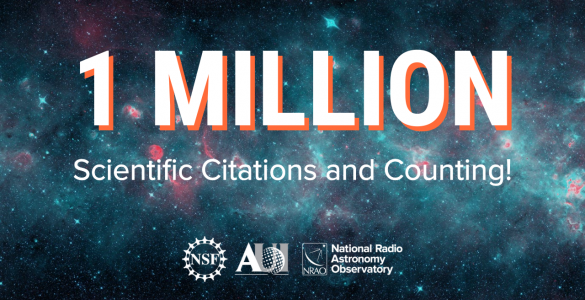
The U.S. National Science Foundation National Radio Astronomy Observatory (NSF NRAO) is celebrating a historic achievement: research using our…
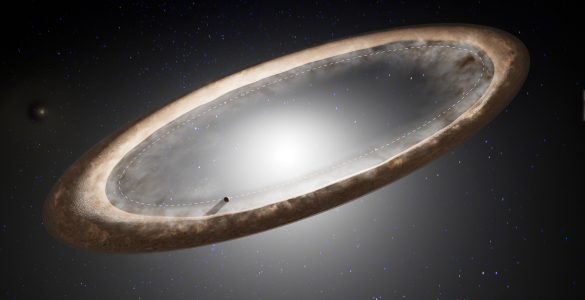
Astronomers using the Atacama Large Millimeter/submillimeter Array (ALMA) have made the highest resolution image to date, revealing new insights…
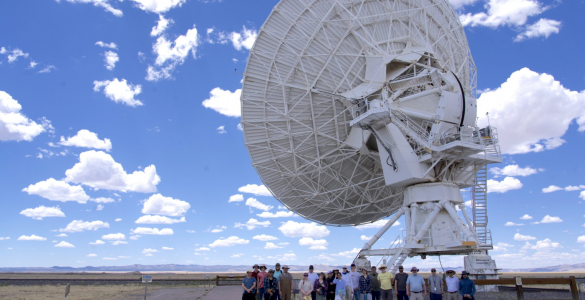
The U. S. National Science Foundation’s National Radio Astronomy Observatory (NSF NRAO) recently collaborated with NSF SpectrumX, the Spectrum Innovation Center, to host a large-scale spectrum research experiment at the U.S. National Science Foundation Very Large Array (NSF VLA) in New Mexico.

The U.S. National Science Foundation National Radio Astronomy Observatory (NSF NRAO) has entered into a groundbreaking partnership with the NSF Leadership-Class Computing Facility (NSF LFFC), led by the Texas Advanced Computing Center, to pioneer a transformative data processing system for the next era of radio astronomy.
The partnership is in direct response to the astronomical data volumes anticipated from the upcoming Next Generation Very Large Array (ngVLA) project, which is expected to produce up to 40 petabytes (PB) of data each month—orders of magnitude greater than any of the current NRAO telescopes. . This scale will place NRAO at the forefront of data-intensive scientific exploration not just in astronomy, but across the broader scientific community.
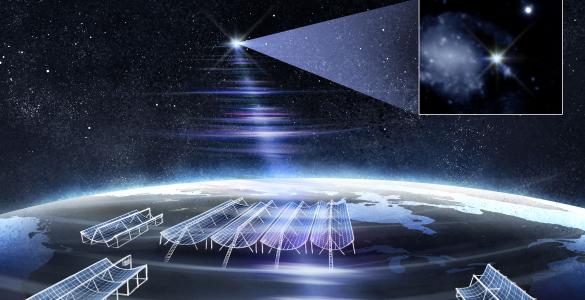
An international team of astronomers have observed one of the brightest fast radio bursts (FRBs) ever detected—and pinpointed its…





